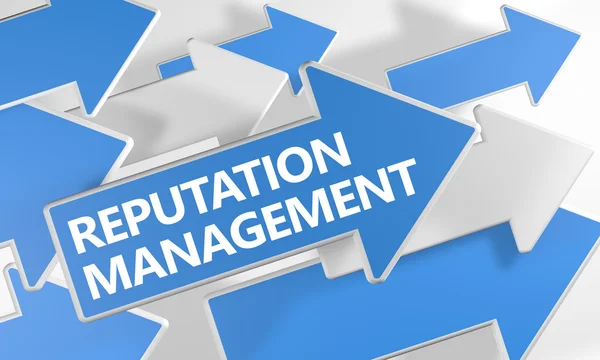Introduction
In today’s fast-paced digital landscape, brands face unprecedented challenges when it comes to managing their reputation. A single misstep, whether it’s a social media blunder, a product recall, or a public scandal, can quickly escalate into a full-blown crisis, causing irreparable damage to a brand’s image and bottom line. In this article, we explore the strategies and best practices for navigating brand crises and safeguarding reputation in the digital age.
Understanding Brand Crises
Brand crises can take many forms, ranging from PR disasters and negative media coverage to viral social media backlash and customer boycotts. What distinguishes a crisis from a mere setback is its potential to inflict lasting harm on a brand’s reputation and financial stability. In the digital age, where news travels at the speed of light and social media amplifies both praise and criticism, brands must be proactive in addressing and mitigating crises before they spiral out of control.
Preparation is Key: Proactive Crisis Management
- Risk Assessment: Conducting a thorough risk assessment to identify potential threats to the brand’s reputation, including internal vulnerabilities and external factors such as market trends, competitor actions, and societal issues.
- Crisis Response Plan: Developing a comprehensive crisis response plan that outlines roles and responsibilities, communication protocols, escalation procedures, and pre-approved messaging templates to ensure a swift and coordinated response in the event of a crisis.
- Media Training: Providing media training to key spokespeople and employees to equip them with the skills and confidence to effectively communicate with journalists, stakeholders, and the public during a crisis situation.
- Monitoring and Detection: Implementing robust monitoring tools and systems to track online conversations, news coverage, and social media mentions in real-time, enabling early detection of potential crises and timely intervention.
The Art of Crisis Communication
- Transparency and Authenticity: Communicating openly and honestly with stakeholders about the situation, acknowledging mistakes or shortcomings, and demonstrating a genuine commitment to addressing the issue and preventing recurrence.
- Empathy and Compassion: Showing empathy and compassion towards affected parties, including customers, employees, and community members, and offering support, restitution, or apology where appropriate.
- Timeliness and Consistency: Responding promptly to inquiries and concerns, providing regular updates and information as the situation evolves, and maintaining consistency in messaging across all communication channels.
- Social Media Management: Leveraging social media platforms to disseminate accurate information, engage with stakeholders, and address misinformation or rumors circulating online, while also monitoring for potential escalation of negative sentiment.
Turning Crisis into Opportunity: Reputation Recovery
- Learning and Improvement: Conducting a post-crisis debrief to analyze the root causes of the crisis, identify lessons learned, and implement corrective actions or process improvements to prevent similar incidents in the future.
- Rebuilding Trust: Launching proactive initiatives and communication campaigns to rebuild trust and credibility with stakeholders, such as product recalls, quality assurances, charitable donations, or corporate responsibility initiatives.
- Rebranding and Reinvention: Embracing the opportunity to reinvent the brand narrative, values, and identity in a way that aligns with evolving consumer expectations and cultural trends, while also addressing any lingering negative perceptions or associations.
- Monitoring and Reevaluation: Continuously monitoring public sentiment and media coverage to gauge the effectiveness of reputation management efforts and adjust strategies as needed to maintain and enhance brand resilience over time.
Conclusion
In an era where brand reputation can make or break a company’s success, effective crisis management is not just a reactive measure but a proactive imperative. By investing in preparation, transparency, and resilience, brands can navigate even the most challenging crises with grace and emerge stronger on the other side. As we continue to witness the accelerating pace and interconnectedness of digital communication, the ability to effectively manage brand crises will remain a critical competency for businesses across industries.


